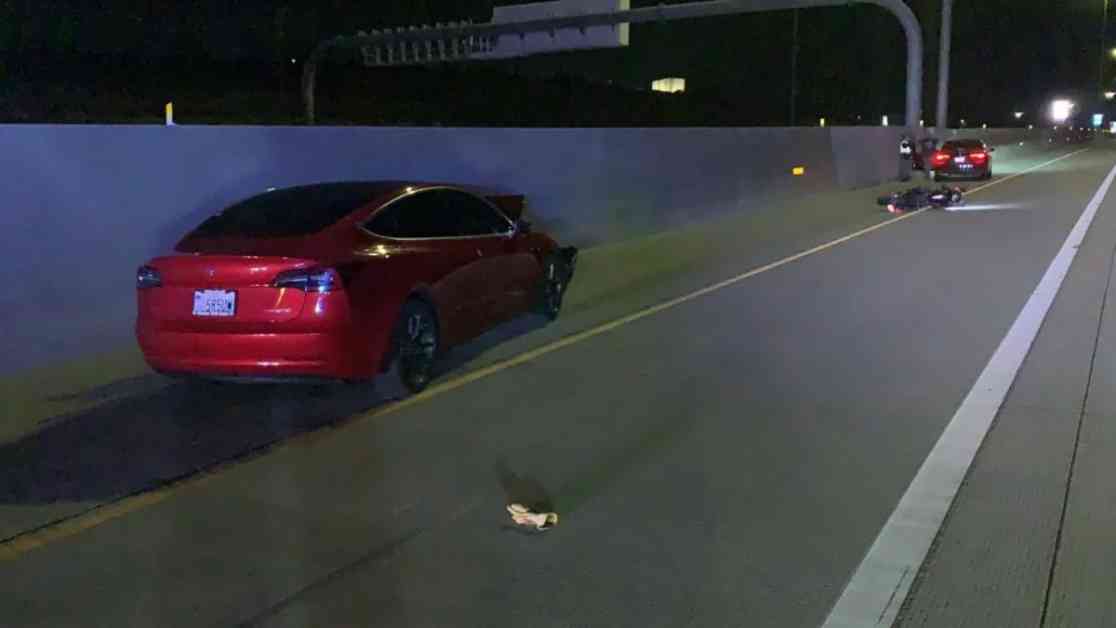The tragic incident involving the death of motorcyclist Landon Embry in a crash with a Tesla Model 3 on Autopilot has led to legal action being taken by his parents. The lawsuit, filed in state court in Salt Lake City, accuses both Tesla and the driver of the vehicle of negligence, claiming that the Autopilot system and other safety features were not functioning properly.
According to the lawsuit, the driver of the Model 3 was allegedly fatigued and not in a suitable condition to operate the vehicle safely. It is argued that the Autopilot system, equipped with sensors and cameras, should have detected the presence of the motorcycle and taken appropriate measures to avoid a collision. The complaint suggests that a responsible driver or an effective auto braking system would have been able to prevent the tragic accident.
This legal action adds to the ongoing scrutiny surrounding Tesla’s driver assistance technologies, particularly Autopilot and Full Self-Driving. The incident in Utah is not the first time that a Tesla vehicle operating on such systems has been involved in a fatal crash. Just earlier this year, a Tesla Model S in “Full Self-Driving” mode was reported to have struck and killed a motorcyclist in the Seattle area.
Tesla’s track record with Autopilot-related accidents is concerning, as the company previously settled a lawsuit related to a 2018 crash that resulted in the death of an Apple engineer. The incident involved a Model X veering off a highway while in Autopilot mode near San Francisco.
The lawsuit filed by the family of Landon Embry highlights the importance of ensuring the safety and reliability of advanced driver assistance systems. As more vehicles on the road are equipped with such technologies, it is crucial for manufacturers like Tesla to address any potential flaws in their systems to prevent future tragedies.
In light of these incidents, regulators and lawmakers may need to reevaluate the regulations and oversight surrounding autonomous driving technologies to protect the safety of all road users. The outcome of this lawsuit could have significant implications for the future development and implementation of self-driving features in vehicles.










